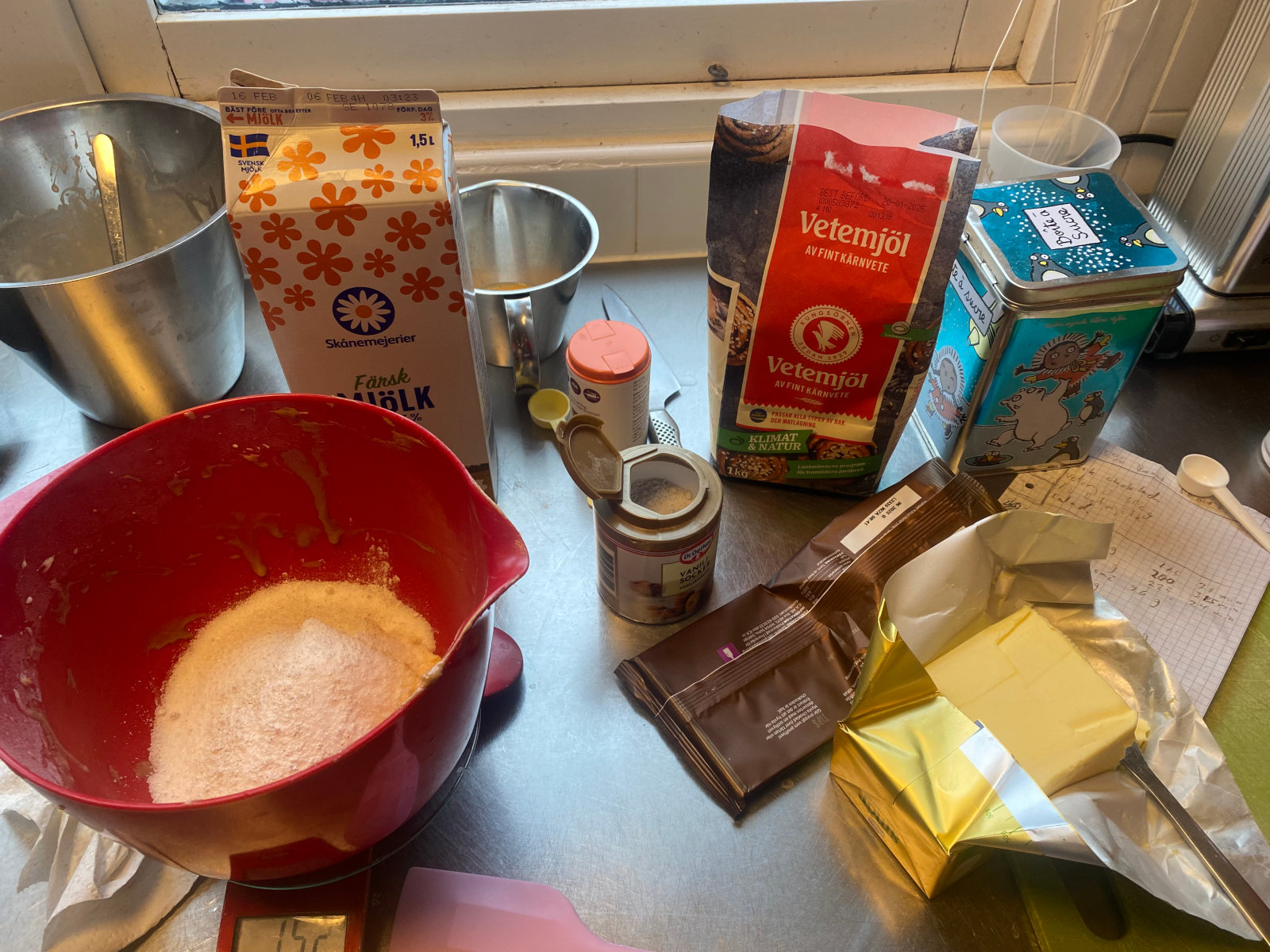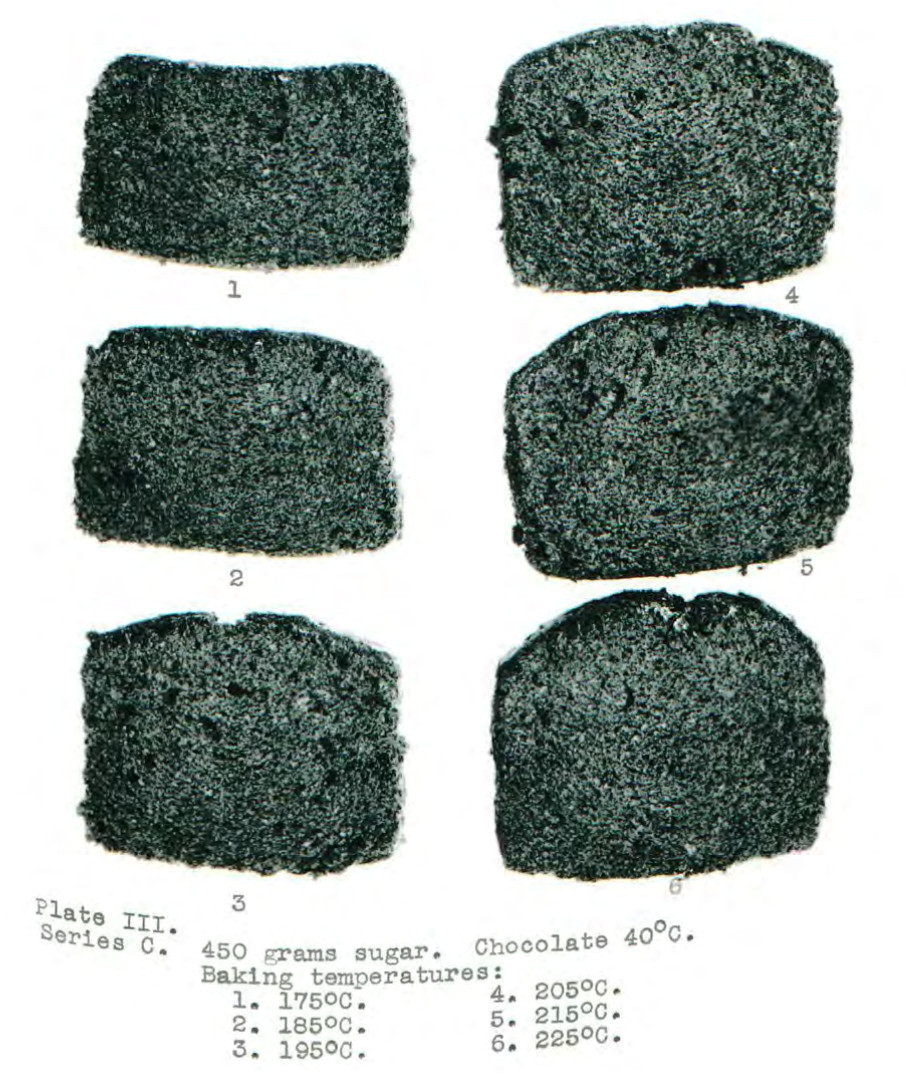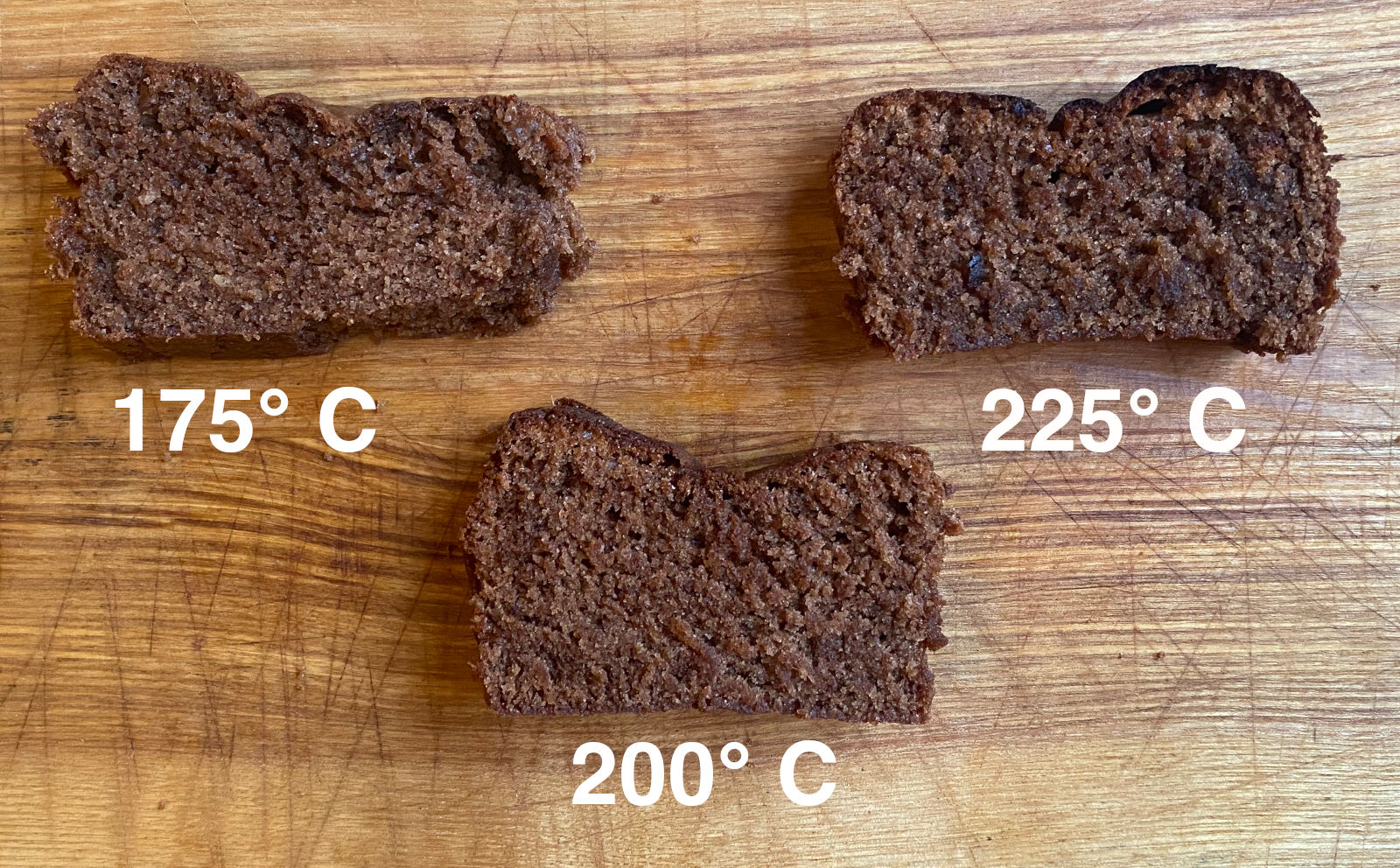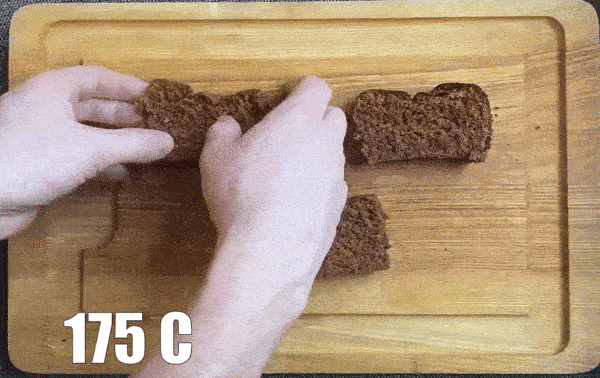Now that I’ve got my hands on the source of the cake dataset I knew I had to attempt to bake the cake too. Here, the emphasis is on attempt, as there’s no way I would be able to actually replicate the elaborate and cake-scientifically rigorous recipe that Cook followed in her thesis. Skipping things like beating the eggs exactly “125 strokes with a rotary beater” or wrapping the grated chocolate “in waxed paper, while white wrapping paper was used for the other ingredients”, here’s my version of Cook’s Recipe C, the highest rated cake recipe in the thesis:
~~ Frances E. Cook's best chocolate cake ~~
- 112 g butter (at room temperature, not straight from the fridge!)
- 225 g sugar
- ½ teaspoon vanilla, extract or sugar.
- ¼ teaspoon salt
- 96 g eggs, beaten (that would be two small eggs)
- 57 g dark chocolate (regular dark chocolate, not the 85% masochistic kind)
- 122 g milk (that is, ½ a cup)
- 150 g wheat flour
- 2½ teaspoon baking powder
1. In a bowl mix together the butter, sugar, vanilla, and salt
using a hand or stand mixer.
2. Add the eggs and continue mixing for another minute.
3. Melt the chocolate in a water bath or in a microwave oven.
Add it to the bowl and mix until it's uniformly incorporated.
4. Add the milk and mix some more.
5. In a separate bowl combine the flour and the baking powder.
Add it to the batter, while mixing, until it's all combined evenly.
6. To a "standard-sized" cake pan (around 22 cm/9 inches in diameter)
add a coating of butter and flour to avoid cake stickage.
7. Add the batter to the pan and bake in the middle of the oven
at 225°C (437°F) for 24 minutes.
Here’s now some notes, photos, and data on how the actual cake bake went down.
Some notes from a cake bake
If you do attempt this recipe, I must warn you that this cake is baked at an unusually high temperature, as this resulted in the best rated cake in Cook’s thesis. However, at that temperature my cake came out just a tiny bit scorched. Otherwise, I do believe this is a fairly standard cake recipe.
But! I could not be satisfied with baking just the one cake recipe above. As the whole point of Cook’s thesis was to explore the effect of baking temperature I, of course, had to explore the same! Cook baked 150 different cakes over six different temperatures, but that was too ambitious for a Saturday afternoon, so I picked just three of those:
- 175°C (347°F) for 39 minutes
- 200°C (392°F) for 31½ minutes
- 225°C (437°F) for 24 minutes
And then I baked the same cake three times. I was planning to make a nicely staged photo of all the ingredients, but forgot about that completely, so here’s instead how my real-life messy cake bake looked:

Even though I did bake three cakes at different temperatures, I cannot stress enough that there’s no way I even came close to replicate a crumb of Cook’s original study. But, that didn’t stop me from making some pretend-comparisons with her work. One graph from the original study I particularly liked, was the photo of actual cakes baked at different temperatures:

And below are the results of my endeavors where, sadly, all my cakes looks like Cook’s no. 1 above.

In
the cake
dataset the main
outcome variable is the angle at which the cake breaks. But lacking the
advanced breaking angle apparatus Cook used, there was no way I could
get a good cake break angle measure. Well, at least I broke my cakes:

What Cook did, and what I actually also could do, was to rate the three different cakes. As I celebrated my birthday, I had a small panel of cake eaters readily available. Six participants (average age 29.0, SD=28.7) were given a nibble of each of the three cakes (baked at 175°C, 200°C, and 225°C). The participants were asked to rate the overall eating quality of each cake on a scale from 1 (“completely awful”) to 10 (“cake perfection”). After the rating session concluded, the participants were awarded with more cake.
Unfortunately, the results were somewhat inconclusive, as the participants rate all cakes fairly highly, with no clear preference for cakes baked at higher temperatures:

Expand for the full cake rating dataset
subject,age,temperature,score
1,72,175,5
1,72,200,6
1,72,225,6
2,69,175,4
2,69,200,5
2,69,225,6
3,5,175,8
3,5,200,7
3,5,225,9
4,8,175,9
4,8,200,10
4,8,225,8
5,35,175,7
5,35,200,6
5,35,225,7
6,39,175,7
6,39,200,7
6,39,225,7
But, to give a positive spin to this result, it seems like Frances E. Cook’s best chocolate cake recipe results in highly rated cakes at any baking temperature!